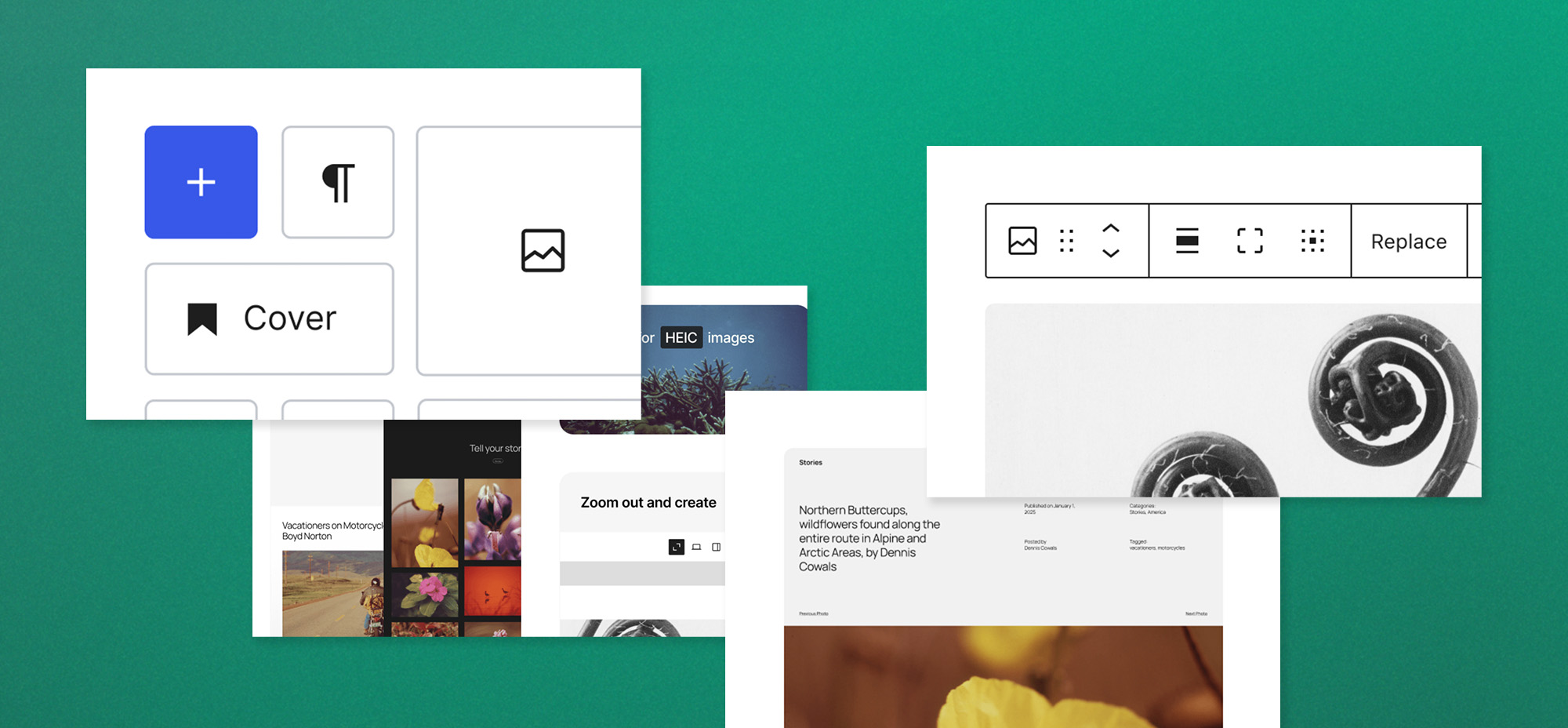At the core of WordPress’s widespread appeal is its theme-based architecture, which powerfully transforms the aesthetic and functional aspects of websites. These themes shape the visual identity with tailored layouts, colours, and fonts and extend the functionality to meet diverse user requirements. For those looking further to personalize their site to specific needs or aesthetic preferences, custom themes offer a perfect solution. They allow for deeper customization and unique design choices that standard themes might not accommodate.
Taking customization one step further, child themes provide a robust modification framework. A child theme inherits the functionality and styling of another theme, known as the parent theme, allowing users to implement custom changes without sacrificing the ability to update the parent theme. Using a child theme keeps all modifications separate from the parent theme’s files, ensuring that customizations are preserved safely through updates. This structured approach makes child themes an indispensable practice for sustainable WordPress development, providing flexibility and longevity in website design.
This guide will explore the strategic use of child themes and how they empower businesses to manage and evolve their brands and websites precisely and easily.

Why Use Child Themes? A Business Perspective
Child themes are not just a technical feature for developers; they offer substantial business advantages for anyone managing or building a WordPress website.
1. Cost Efficiency
Using a child theme reduces the time and resources needed for custom development. Because child themes leverage the functionality of the parent theme, there’s less need to build features from scratch. This efficiency translates directly into cost savings, especially over multiple projects or site iterations.
2. Update Safety
One of the primary business risks in website management is the loss of custom functionalities during updates. Child themes mitigate this risk by preserving customizations when the parent theme needs updating—often necessary for security or functionality improvements. This ensures that business operations remain stable and predictable, avoiding the costs associated with downtime or data loss.
3. Scalability
Child themes provide a scalable solution for businesses that aim to grow or evolve their online presence. They make it easier to implement and manage site-wide changes without overhauling the entire site infrastructure, which is crucial for businesses that need to adapt quickly to market changes or customer demands.
4. Brand Consistency
Child themes allow businesses to maintain brand consistency across multiple sites or within various sections of a single site. Companies can use a single-parent theme across different child themes to ensure a consistent user experience while adjusting to cater to specific audiences or service offerings.
5. Tailored Customization
Child themes are ideal for businesses that require a high level of customization to meet specific branding or functionality requirements. They allow for precise modifications without altering the core structure of the parent theme, ensuring that the business’s unique needs are met while maintaining a solid foundation that benefits from the parent theme’s stability and features.
6. Smooth Updates
Updating a parent theme without impacting the custom styling and functionality added to a child theme is seamless. This is crucial for businesses as it ensures that the website remains secure and functional with the latest features without disrupting the custom user experience crafted for their audience. Smooth updates mean minimal downtime and maintenance, essential for maintaining business continuity.
7. Rapid Deployment
Child themes facilitate the rapid deployment of new sites and features. Since the foundational code is already in place in the parent theme, developers can quickly create a child theme to implement specific features or design elements. This rapid deployment capability is particularly beneficial for businesses that must launch multiple sites or campaigns quickly, ensuring market responsiveness.
Practical Examples of Using Child Themes
Understanding the theory behind child themes is essential, but seeing real-world applications can truly highlight their value. Here are some practical examples of how child themes can be utilized to enhance WordPress site management, design, and functionality:
Branding Updates Across Multiple Sites: A business with multiple product lines might use a parent theme across various sites, each site using a child theme for specific branding. When a company-wide branding update is required—like a logo change or a shift in colour scheme—these changes can be rolled out efficiently. The parent theme can be updated once, and all child themes will inherit these changes, ensuring brand consistency with minimal effort.
Localization and Internationalization: If your business serves a global audience, child themes can facilitate the localization and internationalization of your website. This involves customizing the theme to support multiple languages and cultural nuances, ensuring your website is accessible and relevant to people from different geographical regions.
Custom Page Templates: Consider a business that wants to add a unique sales page layout that differs significantly from the rest of the site. By using a child theme, they can create custom page templates that provide unique layouts, particular functionalities, or interactive elements specific to that page without affecting other parts of the site.
Style Overhauls for Promotions: During special promotions or seasonal events, a business may want to temporarily alter its website’s look to match the campaign theme. With a child theme, temporary aesthetic changes can be implemented without disrupting the underlying structure and style of the parent theme. Once the promotion ends, switching back to the original look is straightforward and doesn’t require undoing changes.
Enhanced Functionalities: A business could use a child theme to add specific functionalities that are not supported by the parent theme. For example, integrating a more complex footer layout with additional widgets, social media feeds, or an email signup form can be achieved without tampering with the parent theme’s core files. This approach maintains stability while customizing functionality.
Testing New Features: Child themes can be used as a safe environment to test new features or design elements before applying them site-wide. This setup is particularly useful for businesses that want to experiment with innovative ideas without risking the stability of their main site.
Unlocking Business Growth with WordPress
As you consider enhancing your WordPress strategy, remember that the right partnership can amplify the benefits of using WordPress. At Trew Knowledge, we go way beyond basic theme development. As a recognized WordPress developer partner, we specialize in crafting comprehensive solutions that integrate sophisticated technology seamlessly.Our approach is tailored to support enterprise-level websites, ensuring that each solution is innovative and perfectly aligned with our clients’ strategic objectives.
Contact us today and take the first step towards a more dynamic and capable digital platform.

